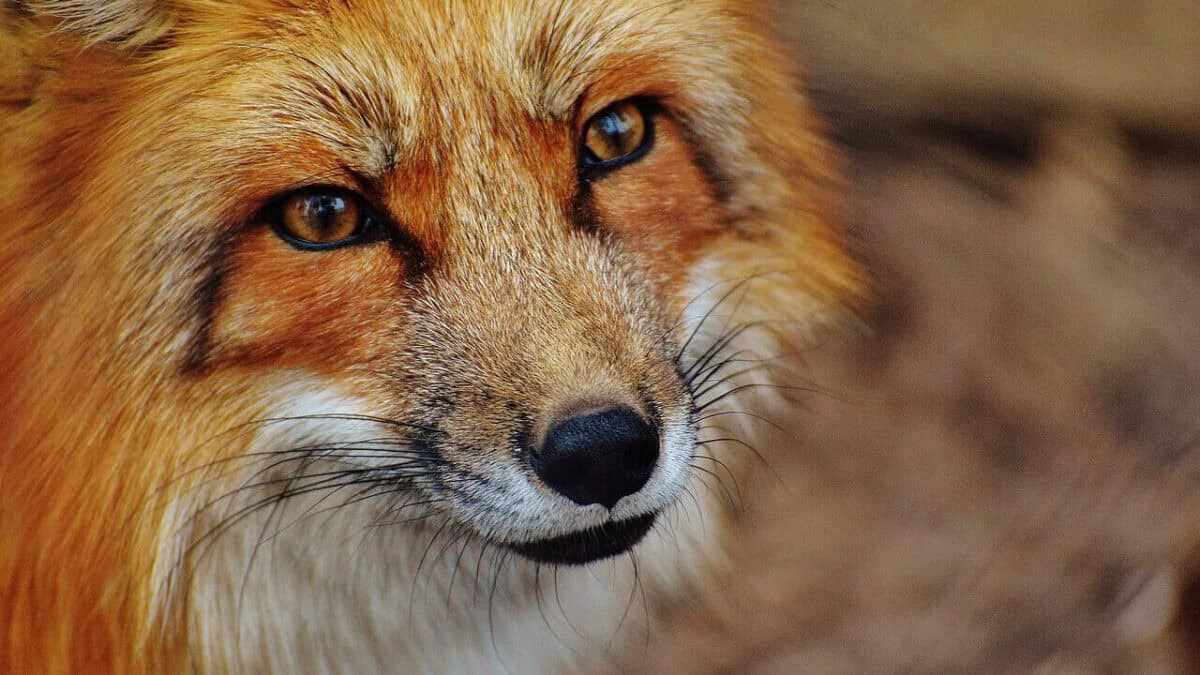The red fox, with its fiery coat and clever reputation, has captivated human imagination for centuries. While you might recognize these beautiful creatures from fables and wildlife documentaries, there’s much more to these adaptable canids than meets the eye. From their remarkable hunting techniques to their complex social structures, red foxes are fascinating animals with surprising traits and abilities. This article explores 15 intriguing facts about red foxes that showcase why these intelligent creatures have thrived across diverse landscapes worldwide. Whether you’re a wildlife enthusiast or simply curious about these russet-colored mammals, prepare to be amazed by these lesser-known aspects of fox biology, behavior, and cultural significance.
Red Foxes Are the Most Widely Distributed Carnivores in the World

When it comes to global presence, red foxes (Vulpes vulpes) reign supreme among carnivorous mammals. These adaptable creatures have established populations across the entire Northern Hemisphere, including North America, Europe, Asia, and North Africa. They’ve even been introduced to Australia, where they’ve unfortunately become invasive predators. Their remarkable ability to thrive in diverse environments is unmatched among wild canids.
What makes red foxes so successful is their incredible adaptability. They comfortably inhabit forests, grasslands, mountains, deserts, and increasingly, urban environments. In fact, fox populations in some cities have become so well-established that urban foxes show distinct behavioral differences from their rural counterparts. This unparalleled geographic range demonstrates the red fox’s remarkable evolutionary success story and highlights their position as one of nature’s most adaptable survivors.
Their Exceptional Hearing Can Detect Rodents Underground

Red foxes possess truly extraordinary hearing capabilities that play a crucial role in their hunting success. They can detect the sound of rodents moving underground or beneath snow with remarkable precision. Their ears can rotate independently to pinpoint sounds from different directions, allowing them to triangulate the exact location of prey. This exceptional auditory ability is particularly evident in their famous “mousing leap,” where a fox will pounce with astonishing accuracy on prey it can hear but not see.
Research has shown that red foxes can detect sounds at frequencies as low as 100 Hz and as high as 65,000 Hz, far exceeding human hearing range. This sensitivity allows them to hear the rustling of a vole moving through grass from over 100 feet away. The characteristic head-tilting behavior observed in hunting foxes indicates they’re using their acute hearing to create a precise three-dimensional sound map before striking. This remarkable adaptation gives red foxes a significant advantage when hunting in thick vegetation or during winter months when prey is hidden beneath snow.
Red Foxes Have Whiskers on Their Legs
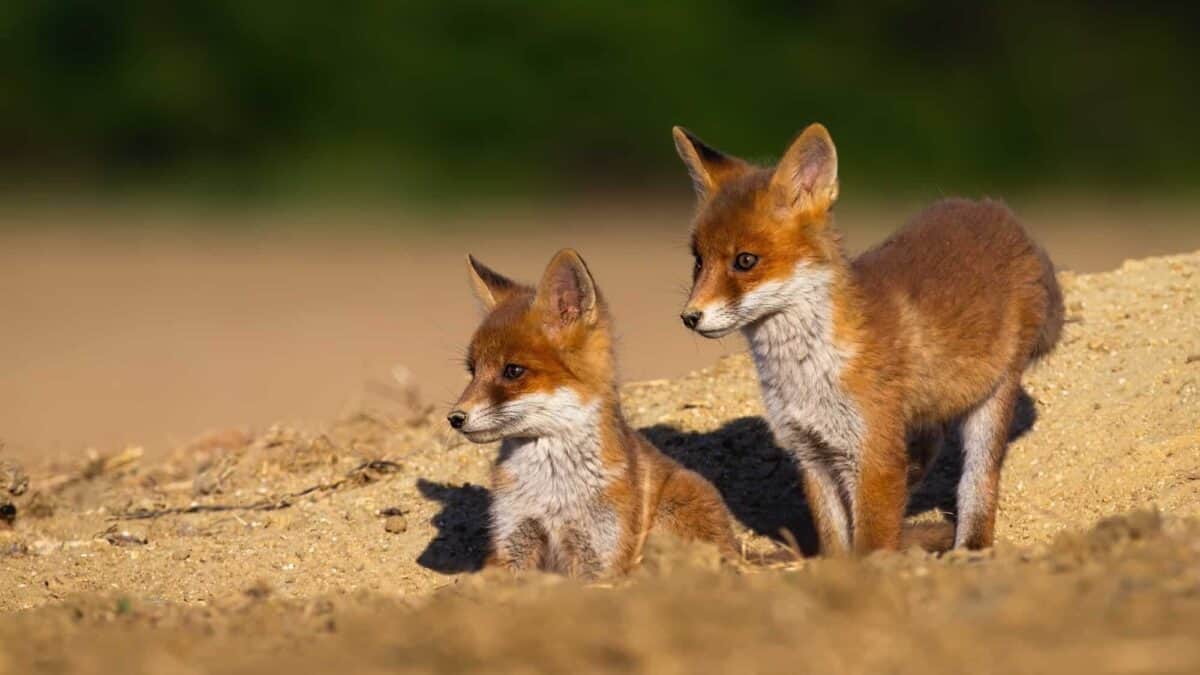
While most people are familiar with the facial whiskers (vibrissae) that many mammals possess, red foxes have an additional set of specialized tactile hairs on their legs. These carpal whiskers, located on the lower portion of their front legs, serve as important sensory tools. They help foxes navigate in low visibility conditions and provide crucial information about their immediate surroundings, particularly when moving through dense vegetation or tight spaces.
These leg whiskers also play a vital role during hunting, especially when capturing and handling small prey. As the fox makes contact with its quarry, these specialized hairs provide immediate tactile feedback, helping the fox determine the exact position of the prey for a swift killing bite. This adaptation represents yet another example of the red fox’s evolutionary refinement as an efficient predator. Combined with their facial whiskers, these additional sensory organs give foxes a more complete picture of their environment, enhancing both their hunting success and overall survival capabilities.
Fox Kits Play With Objects to Learn Hunting Skills
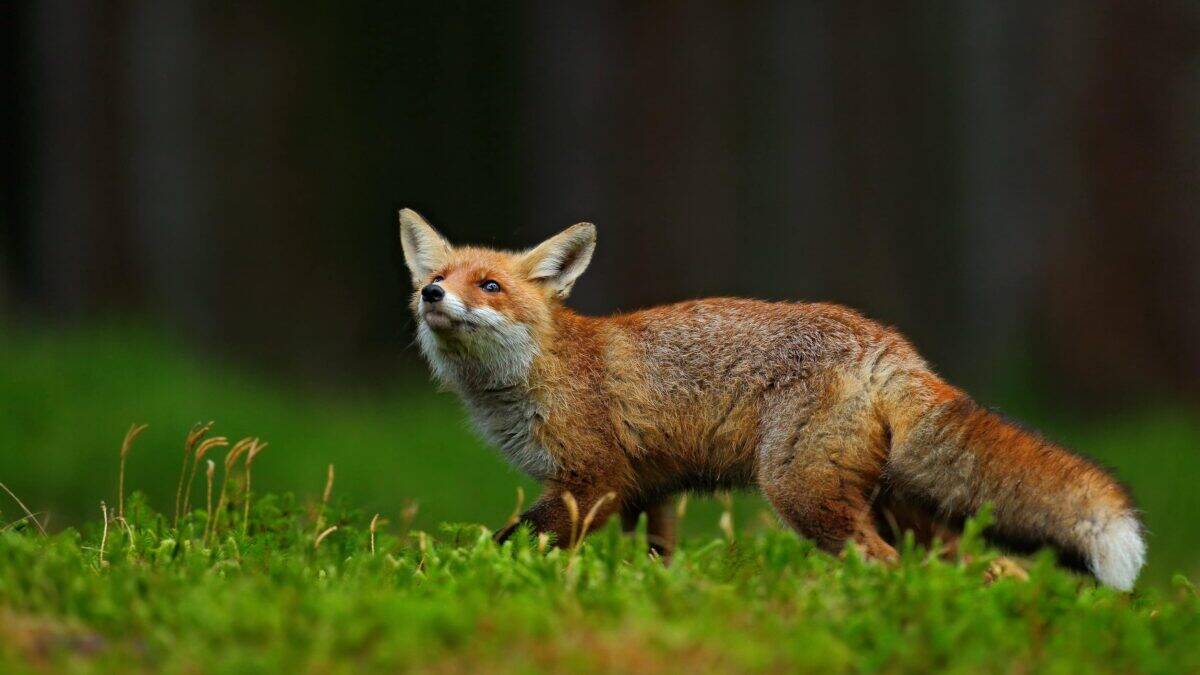
Young fox kits engage in playful behavior that serves a critical purpose in their development as skilled hunters. From as early as three weeks of age, fox kits begin playing with various objects they find in their environment – leaves, sticks, feathers, and even small prey items brought back by adults. This play isn’t just adorable; it’s an essential form of practice that helps develop the coordination, strength, and tactical skills needed for successful hunting later in life.
Researchers studying fox development have observed that play behaviors closely mimic adult hunting movements, including pouncing, grabbing, and shaking. Siblings engage in mock fights and chasing games that strengthen muscles and refine reflexes. Interestingly, studies have shown that fox kits raised with more diverse play objects and opportunities develop into more successful adult hunters. This sophisticated play-to-learn system ensures that by the time young foxes are ready to leave their parents at around 7 months of age, they’ve already mastered the complex physical and mental skills required to survive as solitary hunters.
Red Foxes Can Make Over 40 Different Sounds

The vocal repertoire of red foxes is surprisingly complex and diverse, comprising over 40 different sounds used to communicate various messages. Their vocalizations range from the familiar barking and screaming calls to more subtle whimpers, growls, and high-pitched chattering. Each sound serves a specific communicative function, whether it’s warning of danger, establishing territory, coordinating during hunting, or communicating with mates and offspring.
Perhaps most recognizable is the eerie, human-like scream often heard during mating season, which has given rise to numerous folklore tales. This bone-chilling call, primarily made by vixens (female foxes), serves as both an advertisement of reproductive availability and a territorial declaration. Male foxes typically produce a shorter, three-note “wow-wow-wow” bark. During friendly interactions, foxes use gentle “gekkering” sounds – a mix of chattering and purring. Cubs communicate with their mother through high-pitched whining calls that stimulate her nurturing behaviors. This sophisticated vocal communication system highlights the complex social nature of these often misunderstood animals.
Their Tails Serve Multiple Important Functions
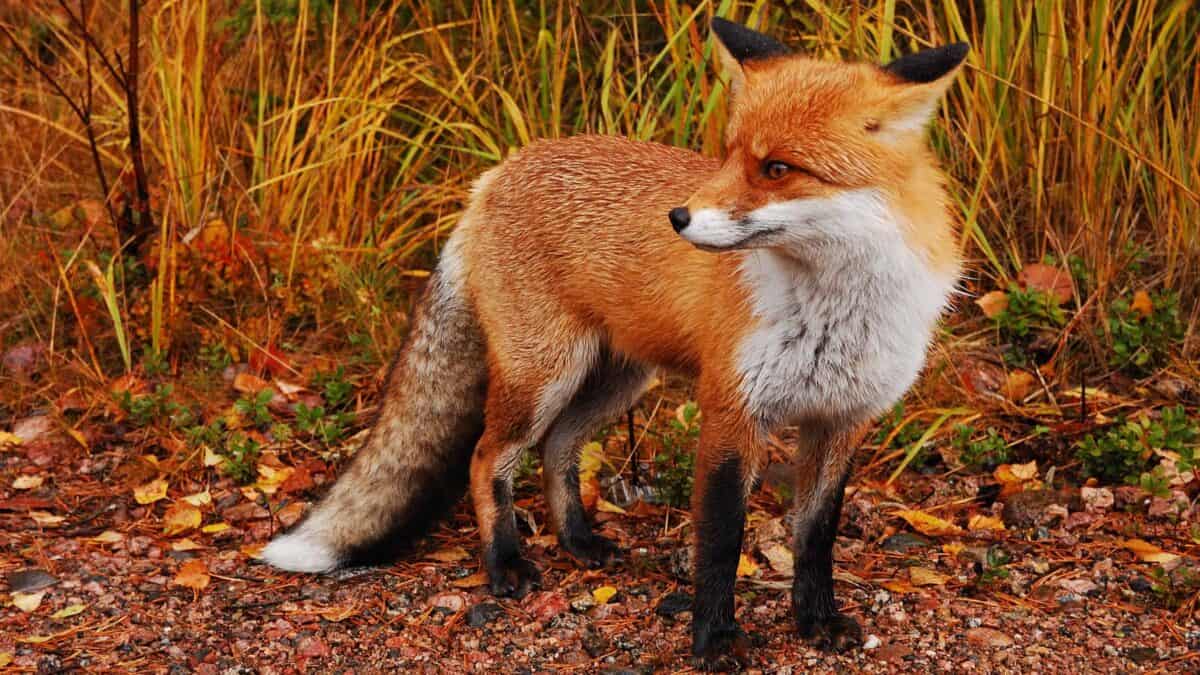
The iconic bushy tail of a red fox, known as a “brush,” is far more than just a beautiful feature – it’s a multifunctional tool essential for survival. Measuring nearly 70% as long as the fox’s body, the tail serves as a crucial balancing aid during the quick turns and leaps that characterize fox hunting behavior. This balance function is particularly important when chasing prey at high speeds or navigating challenging terrain. But the tail’s utility extends far beyond physical balance.
In cold weather, the fox’s fluffy tail acts as a warm blanket; foxes wrap their tails around their bodies when sleeping, using the insulating fur to protect their nose and feet from freezing temperatures. The tail also functions as an important social signaling device. Its position communicates the fox’s emotional state and intentions to other foxes – held horizontally when alert, straight down when submissive, and raised when feeling threatened or assertive. Additionally, scent glands located near the base of the tail deposit odors that help mark territory and signal reproductive status, making the brush a versatile communication tool as well.
Red Foxes Cache Food for Future Consumption
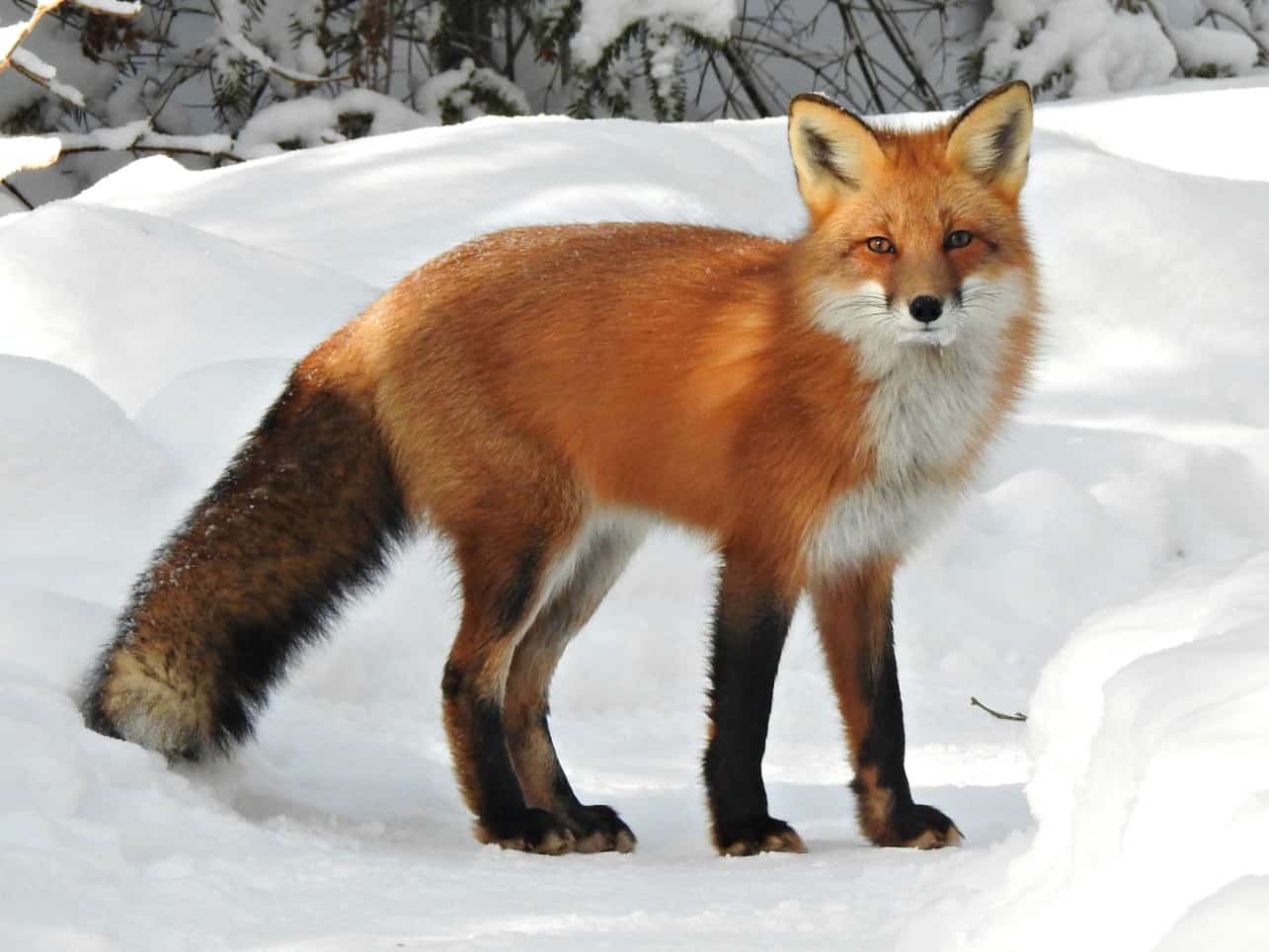
Red foxes display remarkable foresight in their feeding behavior through a sophisticated food storage system known as “caching.” When hunting is successful and food is abundant, foxes will catch more prey than they can immediately consume and strategically bury the excess for later use. This behavior is especially prevalent during summer and fall months when prey is plentiful, creating natural reserves for winter when hunting becomes more challenging.
What’s particularly impressive is the fox’s memory capabilities associated with this behavior. Studies have documented that foxes can remember the locations of hundreds of caching sites, often retrieving items buried months earlier. They typically dig shallow holes, deposit the food item, and cover it with soil, leaves, or snow, sometimes marking the spot with urine. Interestingly, foxes are selective about what they cache – items that preserve well, like eggs or larger prey, are more likely to be stored than quick-spoiling foods. In urban environments, researchers have observed foxes adapting this behavior to include human food sources, sometimes hiding sandwiches or other scavenged items in flower pots or garden beds, demonstrating their behavioral flexibility.
Their Color-Changing Eyes Help Night Vision

Young red fox kits are born with striking blue eyes that undergo a fascinating transformation as they mature. By around 4-5 weeks of age, their eye color shifts to a golden amber that characterizes adult foxes. This color change coincides with the development of their night vision capabilities, which are essential for their crepuscular (dawn and dusk) hunting pattern. The mature amber color results from special pigments that enhance light sensitivity in low-light conditions.
Behind the retina of a fox’s eye lies a specialized structure called the tapetum lucidum – a reflective layer that essentially gives light a “second chance” to be detected by increasing the light available to the photoreceptors. This adaptation allows foxes to see in light levels approximately six times dimmer than what humans require. The tapetum is also responsible for the distinctive eyeshine (similar to cats) that can be observed when light reflects off a fox’s eyes at night. This sophisticated visual system makes foxes formidable nocturnal hunters, capable of detecting the slightest movements of prey even in near-darkness, giving them a significant advantage over many prey species.
Red Foxes Form Monogamous Pairs

Unlike many wild animals, red foxes typically form monogamous pairs that may last for life, though this isn’t always the case. During breeding season, which usually occurs in winter, male and female foxes will pair up and establish a territory together. What makes their family structure particularly interesting is that the male fox (dog fox) is exceptionally involved in parenting duties. He brings food to the nursing female (vixen) during the early weeks after birth when she rarely leaves the den, and later helps feed and protect the growing kits.
In some cases, fox family units develop even more complex social structures. Researchers have documented instances of “helper” foxes – usually female offspring from the previous year – remaining with the breeding pair to assist with raising new kits. These extended family groups can be advantageous in challenging environments where extra adults improve the survival odds for young foxes. While some fox pairs do separate and find new mates in subsequent seasons, particularly in urban environments where territories and resources fluctuate, many maintain long-term bonds that span multiple breeding seasons, demonstrating a level of social sophistication not always recognized in these often-solitary hunters.
Their Diet Includes Surprising Items
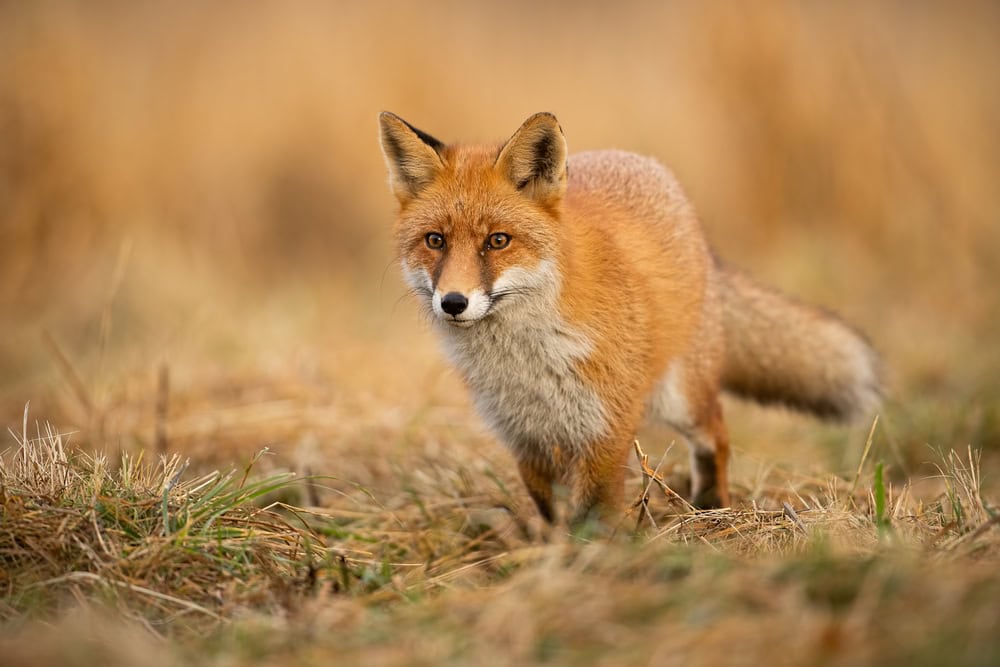
While red foxes are commonly portrayed as predators of small mammals like mice and rabbits, their actual diet is remarkably diverse and opportunistic. These adaptable omnivores consume a much wider variety of foods than most people realize. Depending on habitat and season, their diet may include birds, reptiles, amphibians, insects, earthworms, and even fish. Plant material constitutes a significant portion of their nutrition, with berries, fruits, nuts, and grains making up as much as 30% of their diet in autumn months when such foods are abundant.
Perhaps most surprising is the fox’s fondness for certain unexpected items. They regularly eat fallen fruit in orchards and gardens, with particular enthusiasm for blackberries, apples, and plums. Urban foxes have developed specialized diets that include discarded human food, pet food left outdoors, and even food intentionally provided by fox-friendly residents. Some studies have documented foxes consuming carrion (dead animals) or scavenging roadkill, showcasing their pragmatic approach to nutrition. This dietary flexibility is one of the key reasons red foxes have successfully colonized such diverse habitats worldwide, from arctic regions to desert environments to city centers.
Red Foxes Use Earth’s Magnetic Field for Hunting

One of the most astonishing discoveries about red fox hunting behavior came from a 2011 study published in the journal Biology Letters, which revealed that foxes appear to use Earth’s magnetic field as a targeting system when hunting prey they can’t see. Researchers observed that when foxes pounce on prey hidden beneath snow or vegetation, they most frequently jump in a northeastern direction. This directional preference occurs regardless of the time of day, weather conditions, or season, suggesting it’s not related to the sun’s position or other environmental factors.
The study found that foxes were significantly more successful in capturing prey when they aligned their jumps with the magnetic north-northeast axis. When jumping in other directions, their success rate dropped dramatically. Scientists theorize that foxes can perceive the magnetic field and use it to calculate distance and direction during their hunting leaps. This “magnetic alignment” might help foxes triangulate the precise location of prey based on sound. This remarkable ability places red foxes among a select group of animals known to perceive and utilize Earth’s magnetic field, alongside species like migratory birds, sea turtles, and certain bacteria. This sophisticated hunting technique demonstrates yet another dimension of the red fox’s extraordinary sensory capabilities.
Fox Dens Can Be Architectural Marvels

Red fox dens, also called “earths,” are far more complex than simple holes in the ground. These underground dwellings can be elaborate networks of tunnels and chambers extending 10-15 feet in length and reaching 3-4 feet below the surface. A typical fox den features multiple entrance/exit points (sometimes as many as twenty), providing crucial escape routes if predators threaten. The main chamber, where kits are born and raised, is typically lined with grass, leaves, and the mother’s fur for insulation and comfort.
Foxes display remarkable ingenuity in selecting den locations. They often repurpose and expand abandoned badger or rabbit burrows rather than digging entirely new structures. In urban areas, foxes have been documented creating dens beneath sheds, decks, and even building foundations. Particularly noteworthy is the fox’s practice of maintaining multiple dens within their territory. A breeding pair typically has a primary den for raising young and several “emergency” dens scattered throughout their range. If disturbed or threatened, the mother can quickly relocate her entire litter to an alternative site, sometimes carrying each kit individually in her mouth over considerable distances. Some fox families have been observed using the same traditional denning sites for multiple generations, with each new family expanding and maintaining the ancestral structure.
Red Fox Fur Can Appear in Multiple Color Variations

While the classic russet-red coat is the most recognized fox coloration, red foxes actually display remarkable color diversity within the species. Beyond the standard red variety, there are several naturally occurring color morphs, including the silver fox (black with silver-tipped guard hairs), the cross fox (red with a dark cross pattern across shoulders), and the rare amber fox (pale gold to almost champagne coloration). These color variations aren’t separate species but rather expressions of different genetic traits within Vulpes vulpes.
These color morphs don’t just differ in appearance – they often have specific geographic distributions and adaptive advantages. Silver foxes are more common in colder northern regions, where their darker fur may provide better heat retention. The melanistic (black) gene in silver foxes is recessive, meaning both parents must carry it for offspring to display the coloration. The cross fox, with its distinctive shoulder and back markings, represents an intermediate form between red and silver varieties. Amazingly, a single fox litter can contain cubs of different color morphs if both parents carry diverse genetic traits. This color polymorphism within the species has fascinated fur farmers, who selectively bred foxes for particular colors, most famously in the Russian domestication experiment that produced the now-famous domesticated silver fox strain.
Female Foxes Are Called Vixens for a Scientific Reason

The term “vixen” for a female fox isn’t just a linguistic quirk or arbitrary label – it has fascinating etymological roots tied to the fox’s unique vocal behaviors. The word derives from the Old English “fyxen” or “fixen,” which evolved from the same Proto-Germanic roots that gave us the word “fox.” Historically, “vixen” specifically referred to the distinctive vocalizations made by female foxes, particularly during mating season. The high-pitched, screaming call of the female fox was considered so distinctive that it warranted its own terminology.
This gender-specific terminology is relatively unusual in English animal naming conventions. While we have terms like “doe” and “buck” that apply to multiple species, “vixen” exclusively refers to female foxes. The vixen’s call has been documented in folklore across numerous cultures, often described as sounding eerily human-like, leading to various supernatural associations. In scientific contexts, researchers note.
Conclusion:
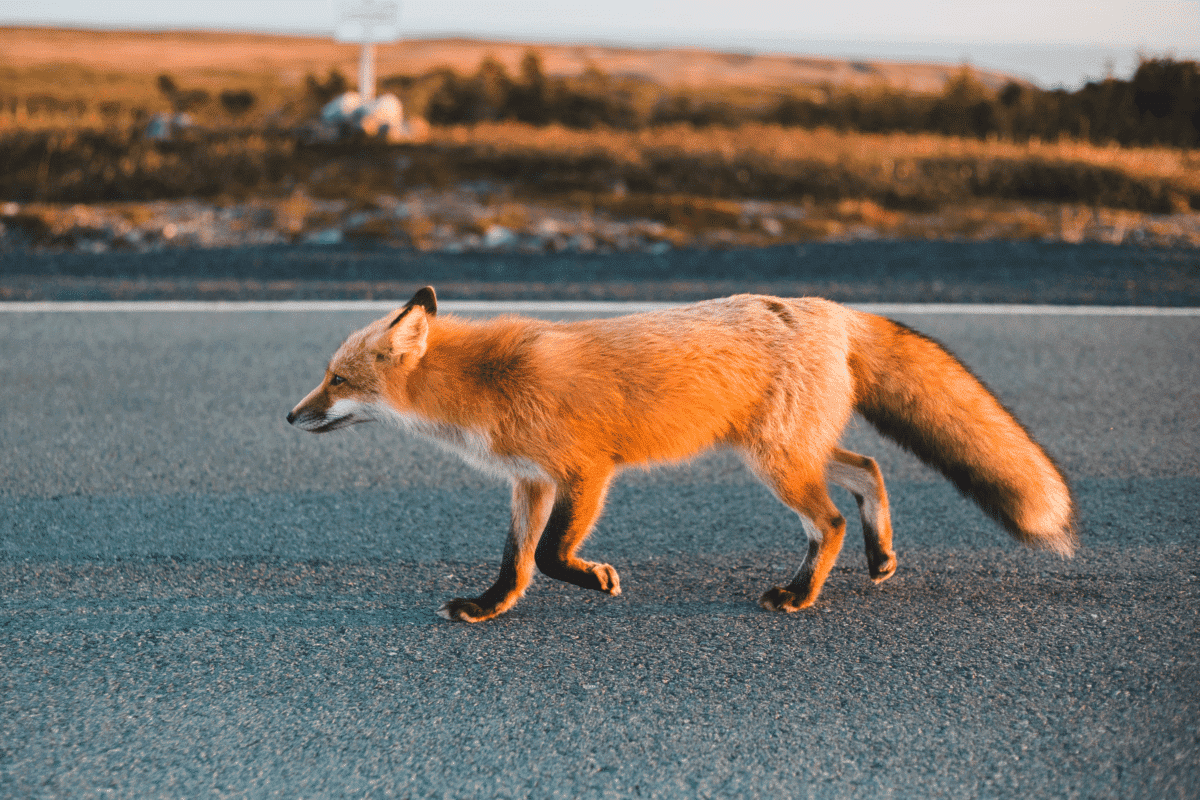
Red foxes are truly extraordinary animals, blending intelligence, adaptability, and charm in one striking package. As the most widely distributed wild carnivore in the world, they’ve managed to flourish in environments as diverse as Arctic tundra, dense forests, farmland, and bustling cities. Their clever hunting strategies, playful behavior, and unique communication skills—including over 20 distinct vocalizations—reveal a depth of complexity that goes far beyond their reputation as sly tricksters in folklore.
These 14 fun facts highlight just how much there is to admire about red foxes. Whether it’s their uncanny ability to use the Earth’s magnetic field to locate prey or their remarkable parenting habits, red foxes constantly surprise and inspire curiosity. By taking the time to learn about these fascinating animals, we deepen our understanding of the natural world and are reminded of the intricate, often hidden wonders found in species we may otherwise overlook.
- 10 Animals That Risked Their Lives to Save Humans - August 9, 2025
- 14 Reasons Why Bears Are Afraid of Humans (Most of the Time) - August 9, 2025
- 11 Frogs That Look Too Weird to Be Real - August 9, 2025

